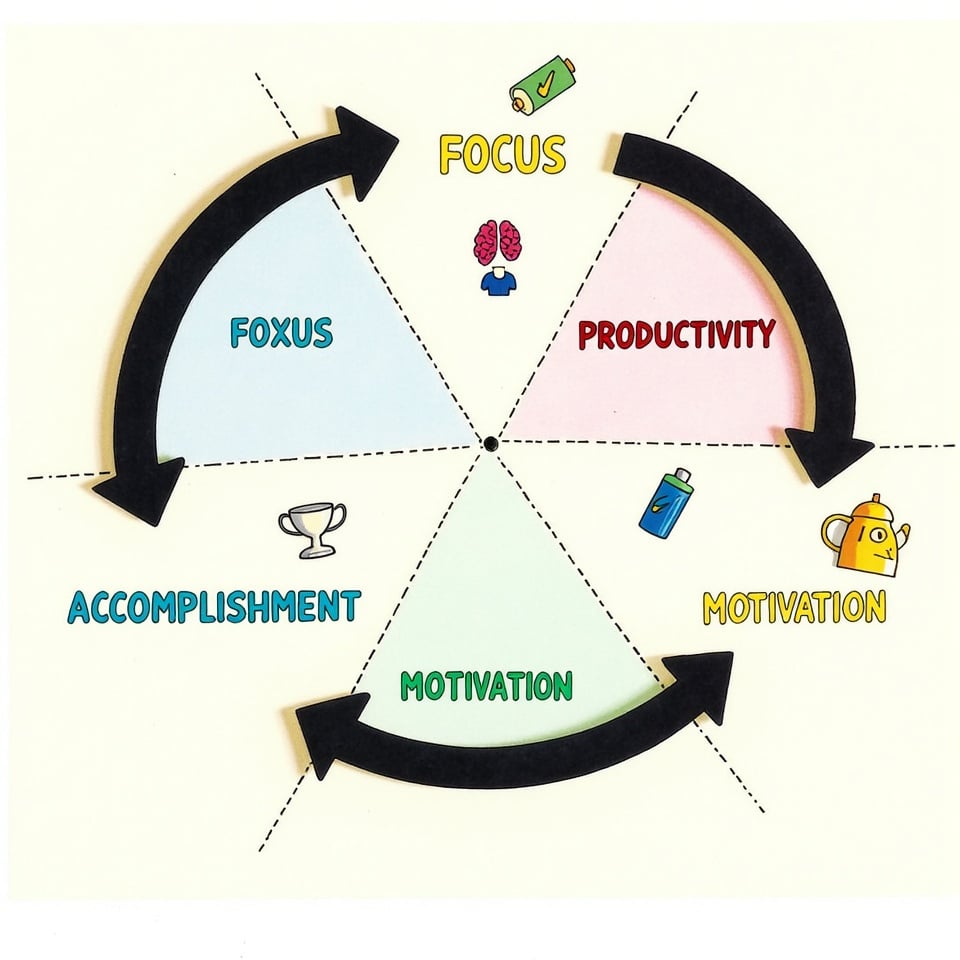Choosing between Trello and Asana can feel overwhelming, especially when both tools promise to streamline your project management.
So, which one truly fits your team’s workflow and budget?
Understanding their key differences is essential to making the right choice.
In this guide, we’ll break down each platform’s unique features and benefits, helping you determine which tool can boost your productivity and efficiency.
By the end, you’ll have a clear understanding of which project management software aligns best with your team’s needs.
Let’s dive in!
Asana vs. Trello: At a Glance
Two powerhouse project management tools dominate today’s digital workspace: Asana and Trello.
When you’re comparing these popular platforms, you’ll notice some key differences right away.
Looking at Asana vs. Trello, you’ll find that Asana offers a more robust suite of features.
You’ll get Gantt charts, timelines, and advanced task management tools that work great for complex projects.
Plus, its collaborative features make team communication a breeze.
Trello keeps things simple with its famous Kanban board approach.
You’ll love its unique map view for location-based tasks and its straightforward interface.
At $6 per user monthly, it’s also gentler on your wallet than Asana’s $13.49 starting price.
The choice really comes down to your needs: Asana for thorough project management, or Trello for streamlined, visual task organization.
Key Features: Asana vs. Trello
When you’re choosing between Asana and Trello, you’ll want to examine their core features across project management, collaboration, integrations, reporting, and security.
While Trello shines with its simple Kanban boards and drag-and-drop interface, Asana offers more advanced tools like dependencies and workload tracking.
You’ll find that both platforms support hundreds of integrations, but they differ markedly in their approach to team collaboration and data analysis capabilities.
Project and Task Management Tools
Project management powerhouses Asana and Trello offer distinct approaches to organizing your team’s work.
You’ll find Asana’s extensive toolkit perfect for complex projects, while Trello’s visual Kanban system shines in simplicity and flexibility.
When choosing between these project management tools, consider your team’s specific needs.
Here’s what each platform brings to your task management arsenal:
- Asana delivers robust features like task dependencies, workload tracking, and multiple view options, including Gantt charts.
- Trello’s drag-and-drop card system makes visual progress tracking intuitive and straightforward.
- Both platforms offer automation, with Asana providing user-friendly templates and Trello featuring the powerful Butler tool.
While Asana might be your go-to for larger, complex projects, Trello could be perfect if you’re seeking a more streamlined, visual approach to managing tasks.
Collaboration Features
Both platforms shine in different ways when it comes to working together.
You’ll find that Asana takes the lead with its robust collaboration tools, featuring built-in meeting agendas and project charters that keep everyone aligned.
The platform’s image-proofing tool and integrated messaging system let you communicate directly within your projects.
Trello’s approach to collaboration is more basic.
While you can use @mentions to grab team members’ attention, you’ll need third-party add-ons for document collaboration and chat features.
If your team needs real-time communication and feedback, Asana’s extensive suite makes it easier to stay connected.
You’ll get instant updates and can engage in discussions right where your work happens, making it particularly valuable for complex projects requiring constant team interaction.
Integrations and Automations
As you plunge into integrations and automations, you’ll discover that Asana and Trello pack quite a punch.
Both platforms boast over 200 integrations with popular business tools, making it easy to connect your favorite apps and streamline workflows.
When it comes to automation capabilities, here’s what you need to know:
- Asana’s user-friendly automation builder comes with pre-made templates, helping you set up workflows quickly and efficiently.
- Trello’s Butler automation tool is powerful but requires more time to master its features.
- Both platforms integrate with Zapier, opening doors to countless third-party app connections.
You’ll find Asana’s unlimited monthly rules and actions particularly helpful for complex projects, while Trello’s simpler structure might be just right for basic automation needs.
Reporting
Effective reporting can make or break your team’s success, and this is where Asana takes a clear lead.
You’ll find that Asana’s customizable dashboards offer thorough insights into your projects, while Trello’s basic reporting might leave you wanting more.
| Feature | Asana | Trello |
|---|---|---|
| Dashboard Customization | Highly flexible | Limited options |
| KPI Tracking | Multiple metrics | 4 indicators only |
| Real-time Strategy Tracking | Built-in | Not available |
| Financial Reporting | Thorough | Basic |
| Advanced Analytics | Native features | Requires integrations |
As a project management tool, Asana delivers real-time visibility into your organizational strategy and detailed reporting on tasks, workloads, and finances.
You won’t need additional integrations to get the insights you need.
Meanwhile, Trello users must rely on third-party add-ons to access more substantial reporting features beyond the basics.
Security
Security takes center stage when you’re choosing a project management platform.
When comparing Asana and Trello’s security features, you’ll find significant differences in how they protect your data and manage user access.
- Asana leads with thorough security features, including two-factor authentication, single sign-on, and HIPAA compliance — making it ideal if you’re handling sensitive information.
- Both platforms encrypt your data during transmission and storage, but Asana’s customizable dashboards help you monitor user activity more effectively.
- While Trello offers basic security measures, it can’t match Asana’s robust permissions structure and administration features, which give you greater control over who accesses what.
If security’s a top priority for your team, especially in a regulated industry, you’ll find Asana’s advanced security features more aligned with your needs.
Pricing and Value: Asana vs. Trello
When it comes to pricing, you’ll notice significant differences between Trello and Asana’s offerings.
While both tools provide free plans for small teams up to 10 users, their paid tiers reveal distinct value propositions.
| Plan Level | Trello | Asana |
|---|---|---|
| Free | Up to 10 users | Up to 10 users |
| Basic/Standard | $6/user/month | $13.49/user/month |
| Premium | $12.50/user/month | $30.49/user/month |
| Enterprise | $17.50/user/month | Custom pricing |
You’ll find Trello more budget-friendly for smaller projects, with its paid plans starting at less than half of Asana’s price.
However, if you’re managing complex projects or need extensive features, Asana’s higher pricing reflects its broader functionality.
Consider your team’s size and project complexity when weighing the value against cost.
Who Is Asana Best For?
While many project management tools promise versatility, Asana shines brightest for small to medium-sized businesses tackling complex projects. If you’re looking for a robust solution that’ll grow with your team, Asana might be your perfect match.
Here’s who’ll benefit most from Asana’s capabilities:
- Traditional and Agile teams who need flexible project views, task management, and goal-setting features to keep everyone aligned.
- Small teams handling sensitive data who require high-quality security features, including HIPAA compliance and customizable user roles.
- Organizations that want advanced features like financial tracking and resource management without sacrificing user-friendliness.
You’ll particularly love Asana if your team values transparency and needs thorough collaboration tools.
Its customizable dashboards make tracking progress a breeze, while keeping everyone accountable and informed.
Who Is Trello Best For?
Looking for a simpler approach to project management? Trello might be your perfect match if you’re a freelancer or part of a small team that values straightforward, visual organization.
As one of the best project management tools for beginners, Trello shines with its easy-to-use Kanban board system.
You’ll love how quickly you can drag and drop tasks, create unlimited cards, and manage up to 10 boards on the free plan.
It’s especially great if you’re running an Agile team or handling personal projects that don’t require complex features.
Need to customize your workflow? Trello’s Power-Ups let you add just the features you need without overwhelming your workspace.
Whether you’re organizing a home renovation or managing client projects, you’ll appreciate Trello’s clean interface and intuitive design.
Wrapping it up
Like picking the right tool for your workshop, choosing between Trello and Asana comes down to your specific needs.
If you’re running a small team or working solo, Trello’s straightforward boards and budget-friendly pricing make perfect sense.
For larger teams juggling complex projects, Asana’s robust features justify the higher cost.
Consider your team size, project complexity, and budget — then take the plunge with the platform that fits like a glove.
Related Reading: Asana vs Jira







